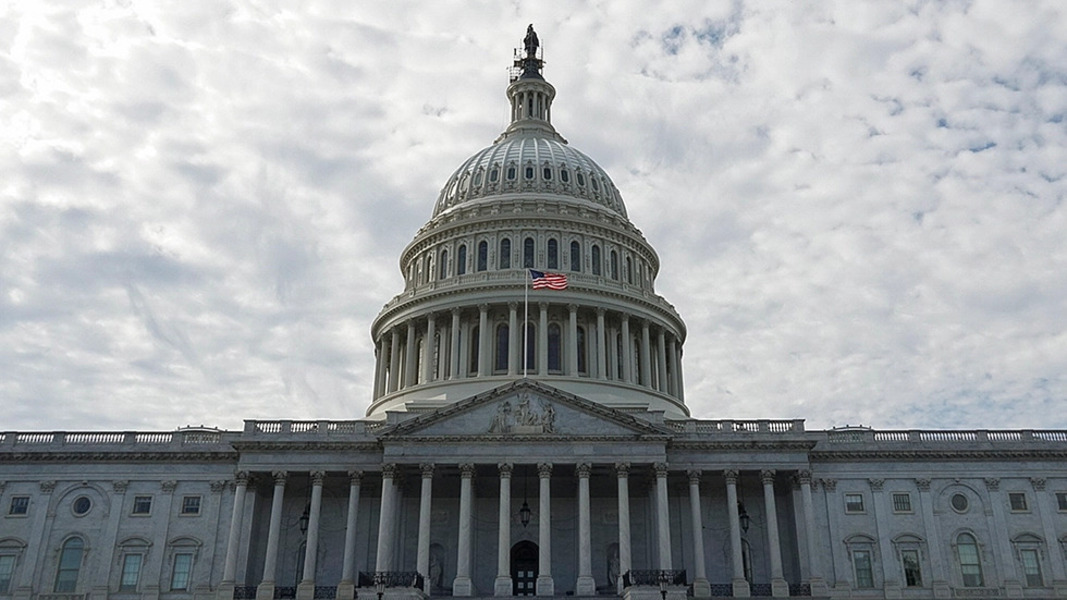Older Persons’ Rights to Social Security
By Alan Gutterman Article 22 of the Universal Declaration of Human Rights provides that “[e]veryone, as a member of society, has the right to social security”, and Article 9 of the International Covenant on Economic, Social and Cultural Rights (“ICESCR”) calls on States to “recognize the right of everyone to social security, including social insurance”. In its General Comment No. 19 on the right to social security released in 2008, the Committee on Economic, Social and Cultural Rights (“CESCR”) explained...










